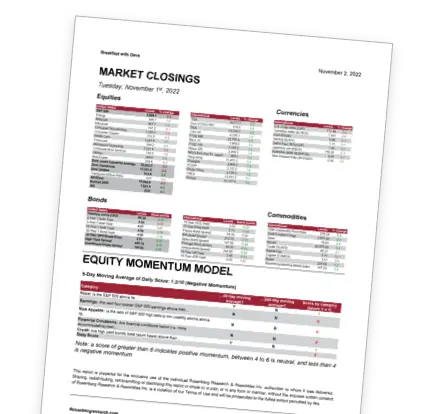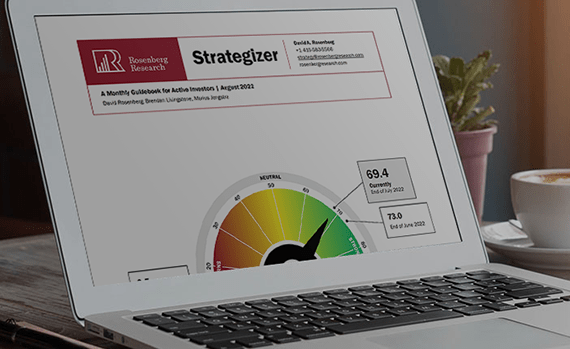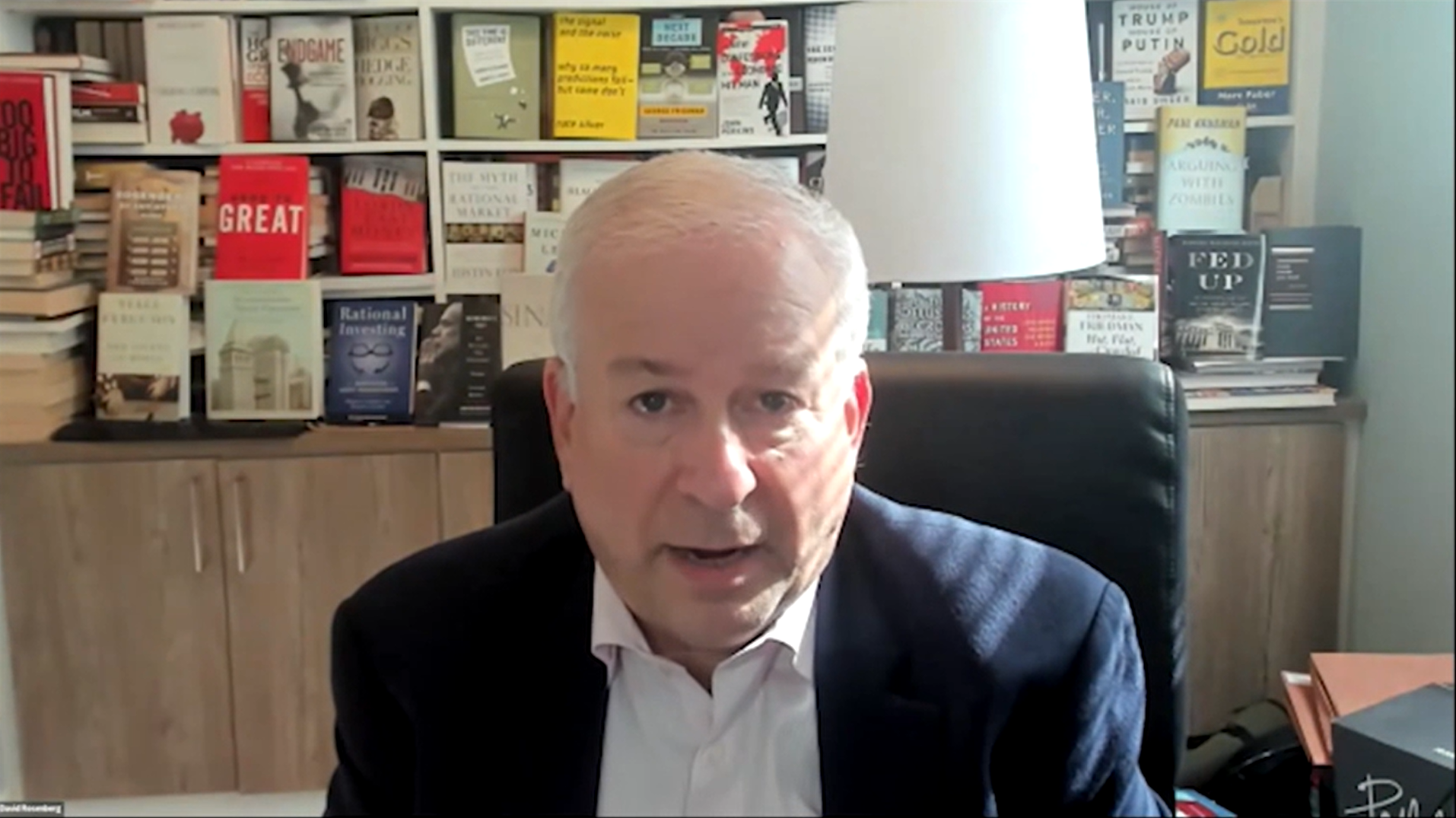
Research Analysts: Crafting Insightful Economic Research Reports
September 17, 2024
Transforming complex data into coherent, actionable stories is a challenge many in the economic field face. Distilling vast amounts of economic data into insightful research reports requires more than just presenting facts; it demands a deep understanding that resonates with stakeholders. These insights are crucial for guiding major decisions and shaping strategies.
Many professionals struggle to synthesize information under tight deadlines and high expectations. However, by crafting a compelling narrative through thoughtful design and structured methodologies, you can make a significant impact. Defining your research scope and choosing the right methodologies are essential steps in mastering this craft.
Developing an Effective Research Design
Creating an effective research design is akin to mapping out a journey through the world of economic data. The first step is to define the scope of your research, which sets clear boundaries and focuses your efforts as you gather and analyze data.
Defining Your Scope
When defining your research scope, consider which economic indicators, regions, and time periods are relevant. Are you examining global trends or focusing on a specific country or region? For instance, if you’re analyzing U.S. employment trends, decide whether to use monthly, quarterly, or yearly data. This clarity will guide your approach as you delve into the details.
Suppose you’re interested in analyzing the impact of regional trade agreements on unemployment rates in North America. By narrowing your scope to NAFTA member countries (Canada, Mexico, and the United States) and selecting a specific 10-year time frame, you can effectively manage your study’s breadth.
Choosing Methodologies
With a defined scope, the next step is selecting the appropriate research methodologies—whether qualitative, quantitative, or a combination (mixed methods). Depending on the insights you seek, you might use econometric models for statistical analysis or case studies for a more detailed understanding.
It’s like choosing the right tools for a woodworking project: different tasks require different tools. Each methodology serves a purpose, and your choice should align with the specific questions your research aims to answer.
Planning Data Collection
After selecting methodologies, plan how you will gather data. Will you use publicly available datasets like those from the Bureau of Economic Analysis (BEA), or will you need proprietary datasets from sources like Rosenberg Research for more in-depth analyses?
Proper planning at this stage ensures that all necessary data is secured before analysis begins. It’s akin to preparing all your ingredients before cooking; having everything ready makes the process smoother and more efficient.
By defining your scope, choosing suitable methodologies, and meticulously planning your data collection, you lay the groundwork for a robust research design that will underpin the validity and reliability of your economic analysis.
Charting a Course for Your Research
Setting research objectives is akin to charting a course for a journey. Knowing your destination and why you’re heading there ensures you don’t wander aimlessly.
Identifying Primary Questions
The first step is to identify the primary questions your report aims to answer. These questions should be specific, focusing on key issues. For example, you might explore, “What are the key drivers of inflation in the U.S. over the past decade?”
Defining Measurable Goals
After identifying your questions, define measurable goals that will help you provide answers. Objectives should be specific and quantifiable, such as identifying at least three factors contributing to GDP growth within a specified period. This clarity gives your research direction, making it easier to assess progress.
Aligning with Stakeholder Needs
Align your research objectives with the needs and interests of your target audience, whether policymakers, investors, or academics. Tailoring your objectives to address their concerns makes your research more relevant and impactful. Just as a chef tailors a menu to suit guests’ tastes, customizing your objectives ensures your insights deliver value.
With well-defined objectives, you establish a strong foundation for focused and purposeful research. Next, we’ll explore building a robust framework for data collection and analysis.
Analyzing Economic Data
When it comes to economic research, the analysis of data is essentially the heart and soul. Like a master detective, you’ll be sleuthing out patterns, relationships, and underlying truths hidden within the numbers. Let’s break down some essential steps to do just that.
Data Cleaning and Preparation
Data isn’t always perfect—far from it. It often needs a good scrubbing before you can trust it. Start by examining each piece of data to weed out any inconsistencies or errors that might distort your findings. This includes addressing missing values, correcting inaccuracies, and standardizing formats. When this is done right, you’re left with a dataset that’s ready for in-depth analysis.
Employing Statistical Techniques
Once your data is cleaned, apply statistical techniques to uncover hidden insights. Regression analysis helps determine how one variable influences another, while time-series analysis identifies trends over time. Correlation studies reveal relationships between variables, providing actionable insights for economic forecasting.
Visualizing Data
Visual representation transforms complex data into easily digestible insights. Utilize graphs, charts, heat maps, and tables with tools like Tableau or Microsoft Excel to create engaging visualizations that make intricate details accessible.
Elevate Your Economic Research Reports
Ready to transform your economic research into impactful reports? At Rosenberg Research, we specialize in turning complex data into clear, actionable insights. Whether you’re defining research objectives or choosing the right methodologies, our expert guidance can help you craft reports that resonate with stakeholders and drive decision-making. Don’t just present data—tell a compelling story. Start your journey to crafting insightful economic reports with our support. Explore our free trial today.
Recent articles
Rosenberg Research ©2024 All Rights are Reserved



